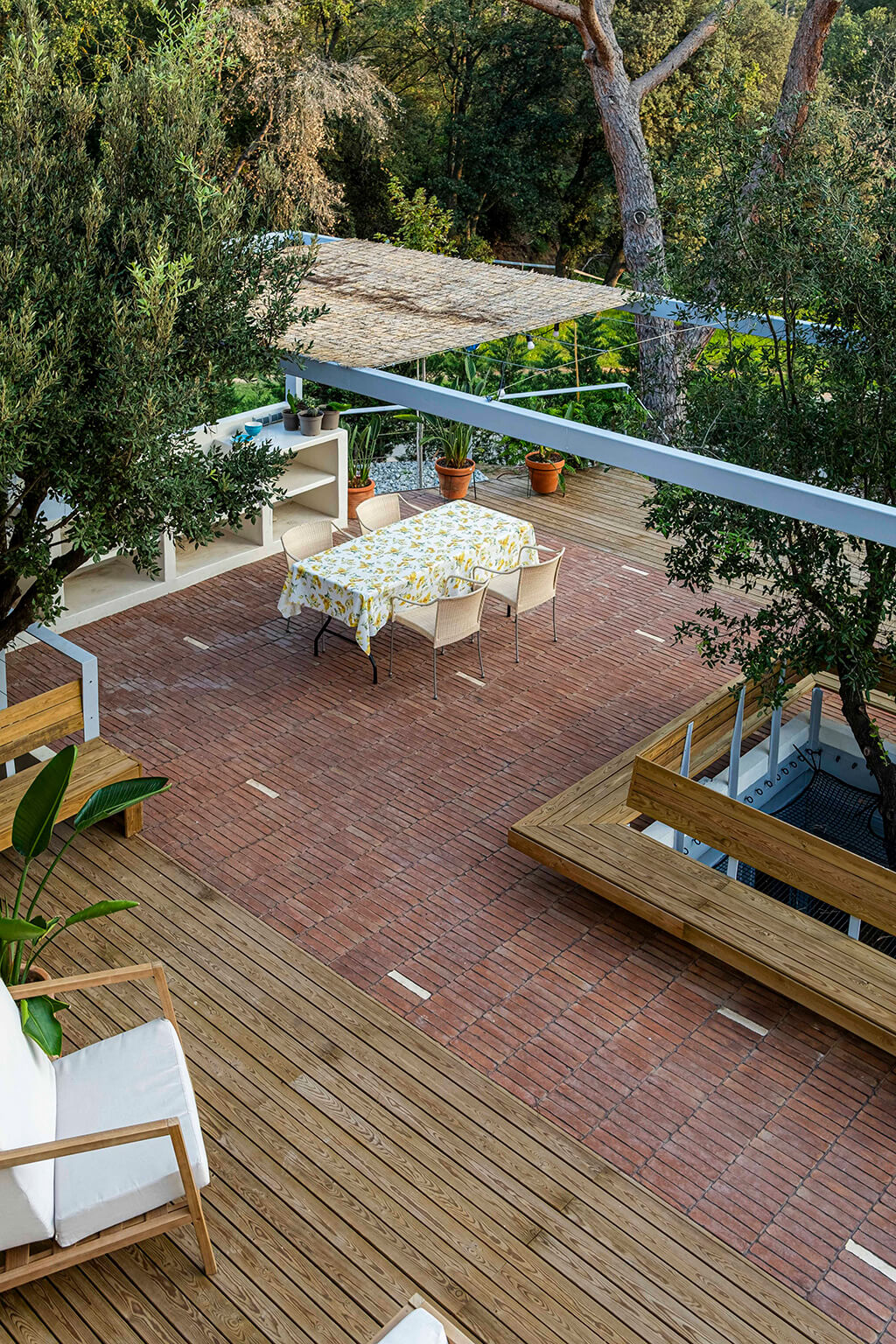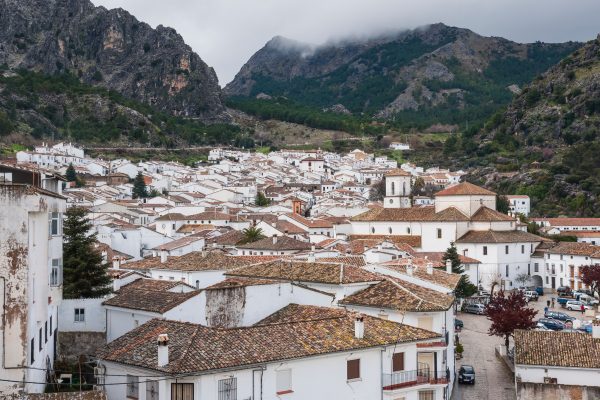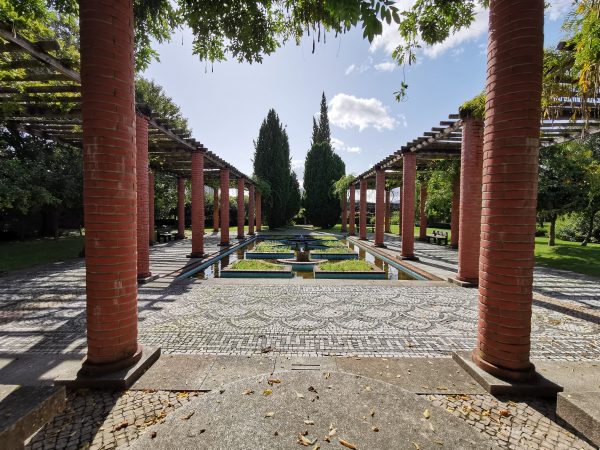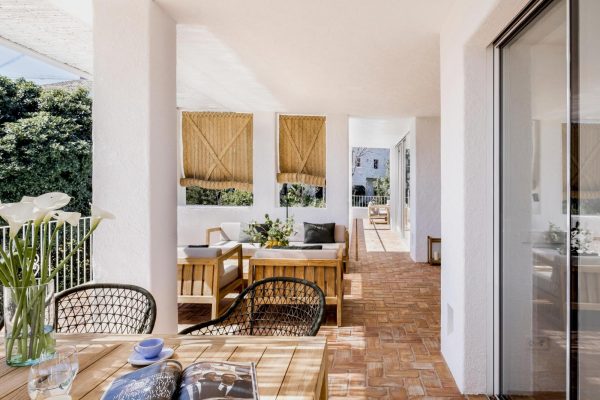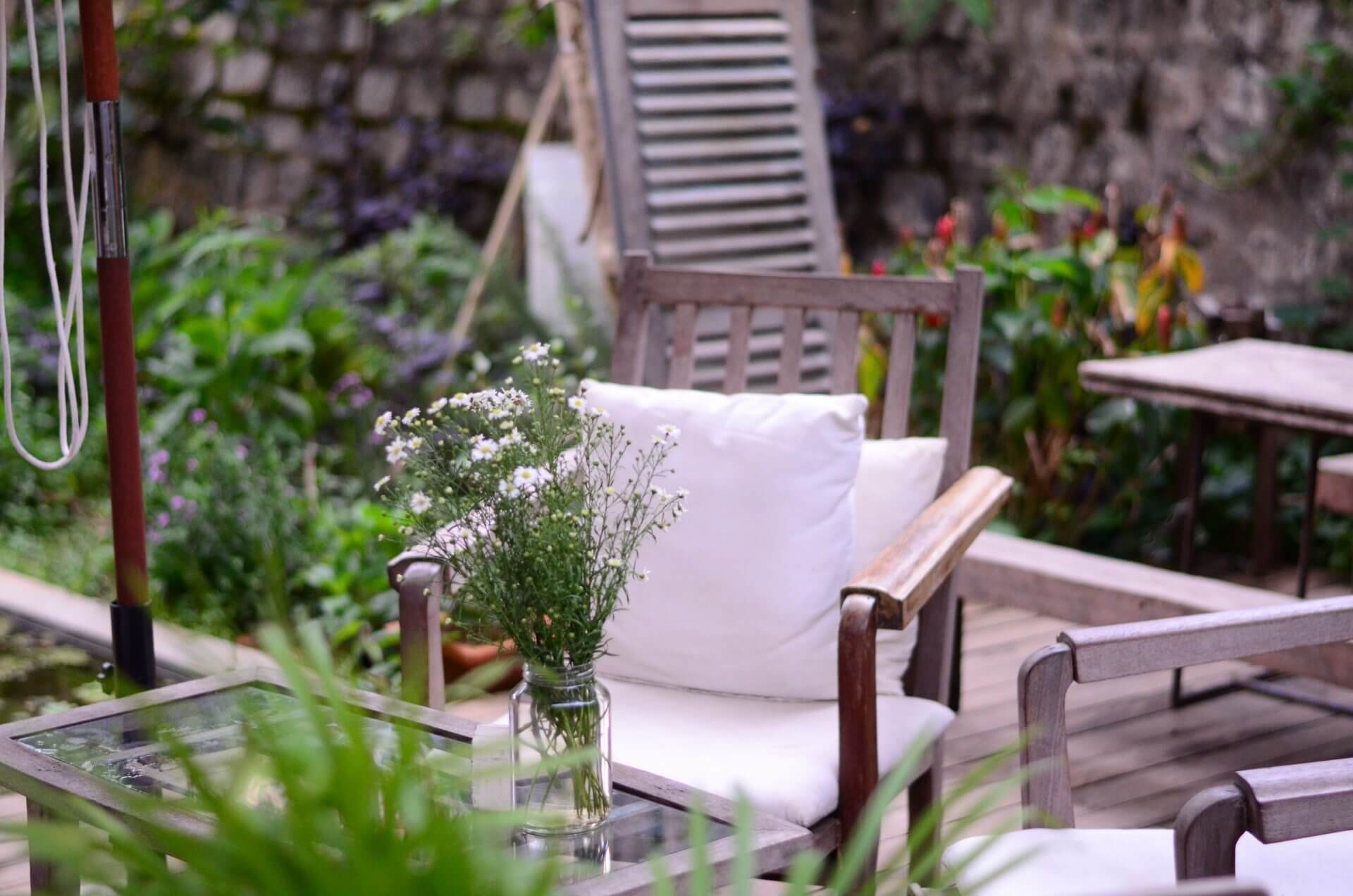
What is vernacular architecture
We take a closer look at what vernacular architecture is; an essential concept to build a livable future in the climate crisis.
Among all the measures we need to implement in order to adapt to the world that is coming, the recovery and research of ancient concepts is one of the most important ones. Technical and scientific innovation is essential to face the challenges of the present and the future. But we also have to look back, because the people who came before us had already found solutions to problems that we forgot throughout the 19th and 20th centuries. Let’s make a first exploration into what vernacular architecture is.
Let’s start with literal definitions: “vernacular” means “proper to the place, region or country in question”. That is to say, something vernacular is something native.
Characteristics of vernacular architecture
Since vernacular architecture is that which is indigenous or autochthonous to a region, the characteristics it comprises are derived from this very condition. To explore what this kind of architecture is like, the following conditions must be looked at:
- The use of local materials. Taking advantage of the resources available for construction is fundamental. And it makes sense, as this is what makes it possible to meet the following two points. This practice not only reduces the carbon footprint of buildings, but also ensures the perfect adaptability of materials to the environment.
- Maximum energy efficiency. Vernacular architecture homes are designed to be as comfortable as possible, and the strategies they use to do this were developed long before technological advances allowed us to put in radiant heating or air conditioning. Applying vernacular architecture principles allows us to maximize the hours of coolness in summer and warmth in winter inside the homes.
- Durability of the constructions. Before the revolution the 20th century brought to the construction world came round, building a house was something that cost a lot of money and effort. Houses were inherited from one generation to the next, so they had to be strong and durable.
The Mediterranean patio: the perfect example of VA
In previous articles we talked about how the Mediterranean patio is a perfect example of bioclimatic architecture. It also qualifies, in this case, as an example of vernacular architecture.
Originally, Mediterranean patios have served as a meeting place, a corral, or a storage space. They have always had a functional use, related to climate, idiosyncrasy and local culture.
Many of the same characteristics that make a patio a kind of bioclimatic architecture also qualify it as vernacular architecture, as they are closely related concepts that sometimes overlap. But we are going to unravel what characteristics of the Mediterranean patio make it a great example of vernacular architecture:
- We find numerous examples in all periods throughout the Mediterranean basin. The popularity of this structure has to do with the positive thermal and social effects it has on houses (in addition to its practicality, as a place to store objects, crops or domestic animals).
- The materials with which the patio is built, traditionally, are native. This may seem an oxymoron, since a patio is, in principle, a void. However, the base and cladding materials are as important as in any other construction, if not more so. In the case of many patios, the main thing is the flooring. Thus, in the traditional Mediterranean patio we find native plant species, water courses derived from traditional irrigation systems, and terracotta cladding, made with local materials.
The role of terracotta in vernacular architecture
The interesting thing about the relationship between terracotta and VA is that this is an omnipresent material, therefore it could be considered inherent to the concept itself, at least when we talk about Mediterranean societies.
We know that it has been present since the beginning of our history. As we have said so many times, it is a practical, extremely versatile, affordable, sustainable and durable material. All the characteristics of terracotta more than justify its close relationship with the native architecture of Mediterranean societies.
With the revaluation of the knowledge treasured by vernacular architecture, we want to delve even deeper into its properties and possible applications in the face of the challenges of the 21st century. Our ancestors knew the role that clay played in their architecture. And the modern prism from which we have seen the use of construction materials has often reduced this use to the erroneous simplification that if the ancestors used clay it was because they had no other materials at their disposal. We want to reclaim the use of the past, milk it for all its worth, and bring it to the present to extract the keys to the future.
